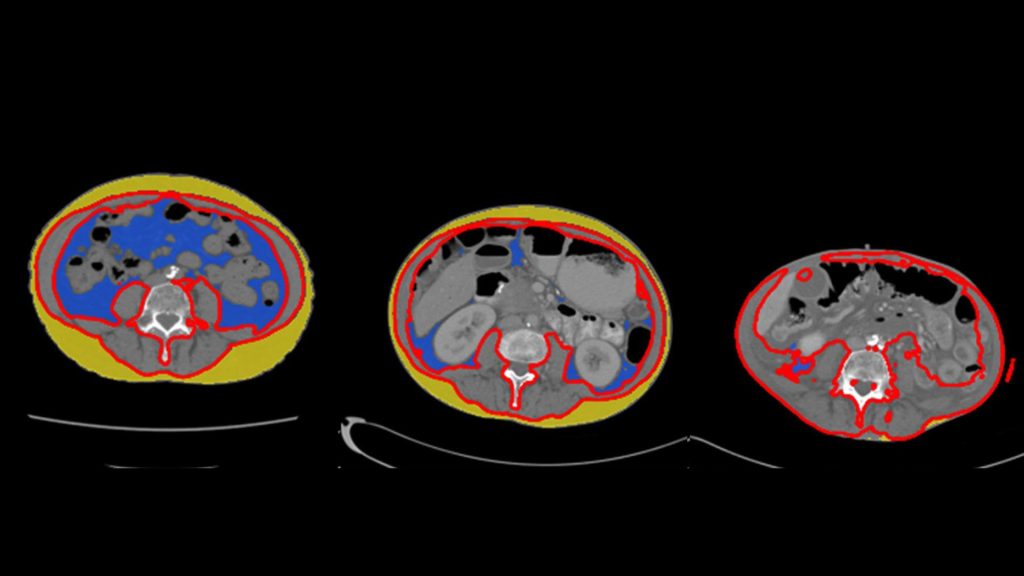Pancreatic cancer is a formidable disease, often diagnosed too late for effective treatment. However, new research from Mayo Clinic represents a promising step toward identifying biological signals or biomarkers that may aid in early detection.
By tracking changes in body composition and metabolism, researchers are working to identify high-risk patients who could benefit from selective screening for the disease, which kills more than 50,000 Americans a year.

"When most patients come to us with pancreatic cancer, their cancer has already spread and their survival over a five-year period is only three percent. But if we catch them early, at stage 1A, their five-year survival rate can be as high as 80%," says Yan Bi, M.D., Ph.D., a gastroenterologist at Mayo Clinic in Florida. "Detecting the cancer earlier is the best way to improve survival."
Dr. Bi teamed up with Derk Klatte, M.D., Ph.D., and Michael Wallace, M.D., to examine medical records of patients with a common type of pancreatic cancer known as pancreatic ductal adenocarcinoma (PDAC) who had been diagnosed at Mayo Clinic between 2002 and 2021. They analyzed abdominal CT scans and blood tests taken up to three years before the patients were diagnosed. Using advanced algorithms developed by data scientist Alex Weston, Ph.D., the researchers measured changes in body fat, muscle and bone, as well as shifts in blood-based biomarkers like cholesterol and glucose levels.
The findings, published in the journal Clinical Gastroenterology and Hepatology, revealed changes in a variety of physiological and metabolic measurements. The researchers observed significant reductions in both fat surrounding the organs (visceral fat) and the fat under the skin (subcutaneous fat) as patients approached their diagnosis date. In addition, patients exhibited a notable drop in serum lipids — fats found in the blood — such as low-density lipoprotein (LDL), total cholesterol and triglycerides.
To read the full article, visit Mayo Clinic News Network
 Connect
Connect
 Connect
Connect